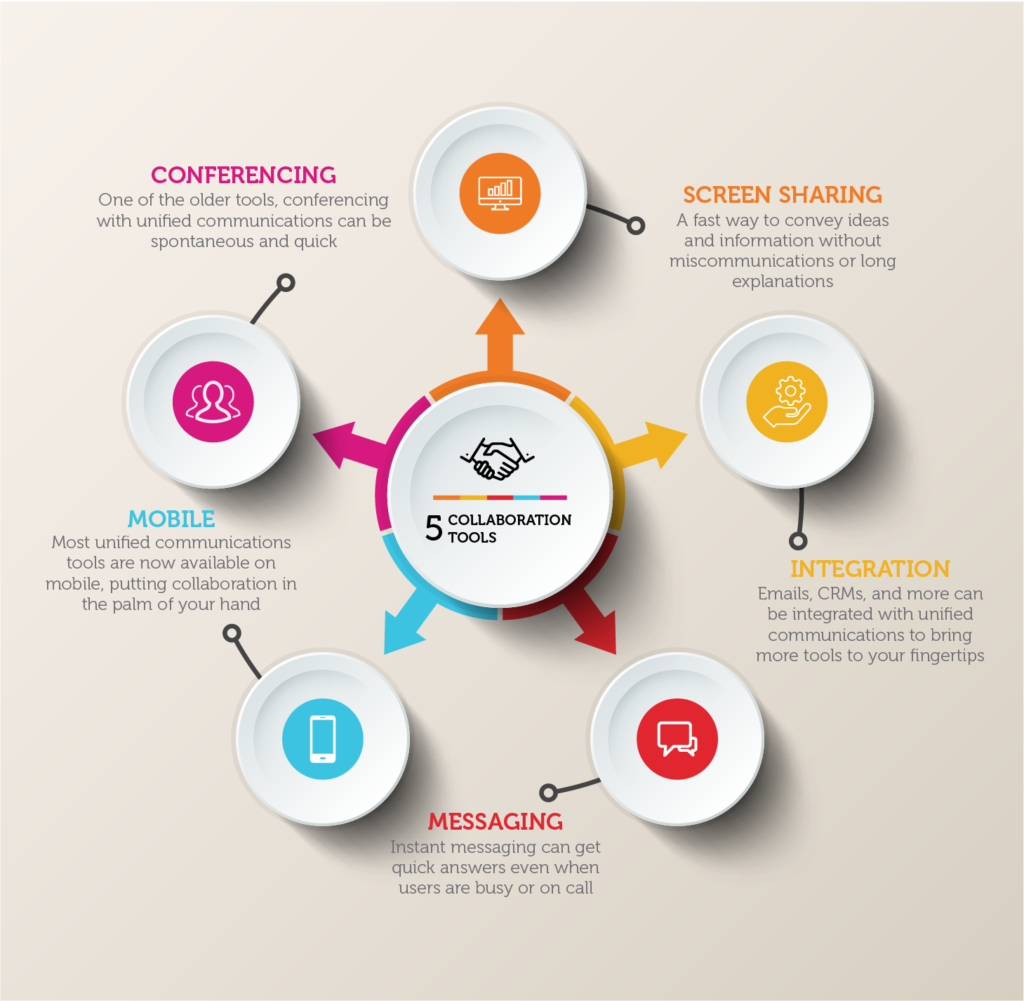In an era where innovation knows no borders, Distributed Agile Development has emerged as the bridge between Agile methodologies and the challenges of a dispersed workforce. This dynamic approach fuels collaboration, flexibility, and customer focus, even when team members are continents apart. In this blog, we’ll unravel the intricacies of Distributed Agile Development, shed light on the hurdles it presents, and uncover the strategies that pave the path to triumph.
Embracing the Essence of Distributed Agile Development
Picture Agile methodologies as a guiding compass for modern software development. Now, extend this compass across the world map, where teams collaborate seamlessly despite physical distances. Distributed Agile Development encapsulates the spirit of Agile in a globe-spanning context, fostering iterative progress, harmonious teamwork, and the adaptability needed to conquer geographical divides.
Navigating the Seas of Challenges
1.Communication Jigsaw: Effective communication is the heartbeat of any project. In distributed settings, the jigsaw of conveying ideas, feedback, and updates becomes even more intricate. Language barriers and time zone disparities can lead to communication breakdowns.
2.Time Zones, Time Travels: The sun never sets on global development, but it does cast complex shadows. Working across time zones requires choreography to synchronize meetings, decisions, and collaboration. A dance with time zones often becomes a routine.
3.Culture Clash and Harmony: With diverse talents come diverse cultures, each adding a unique hue to the canvas. Yet, these cultural shades can sometimes create clashes, demanding a blend of understanding, empathy, and patience to achieve harmony.
4.The Missing Handshake: Agile thrives on face-to-face interactions, but digital spaces replace handshakes with pixels. While video calls and virtual platforms bridge gaps, they can’t replicate the energy of a shared room.
5.Technology: Ally or Adversary: A digital thread ties distributed teams, but it’s a thread vulnerable to glitches. Robust tech infrastructure is vital, as technical hiccups can disrupt the rhythm of collaboration.
6.Team Bonding, Virtually: Team cohesion takes on a digital persona, requiring creativity to nurture camaraderie. Building trust through screens and fostering a shared sense of purpose demands innovative approaches.
Charting the Course to Triumph
1.Tools of Connectivity: Leverage a toolbox of collaboration tech, including video conferencing, instant messaging, and project management platforms. Craft a communication blueprint to ensure everyone stays in sync.
2.Tech as the North Star: Equip your teams with cutting-edge collaboration tools that pave the way for real-time engagement, seamless task tracking, and knowledge dissemination. Tech is the compass guiding your distributed voyage.
3.Time Zone Synergy: Identify time slots that accommodate different time zones, ensuring a unified platform for discussions and decisions. Your carefully plotted course should align work hours for smooth sailing.
4.Cultural Intelligence: Embrace a learning culture that values diverse perspectives. Equip your crew with cultural insights, allowing them to navigate cultural waters with grace and appreciation.
5.Agile Flex: Tailored Sprints: Adapt Agile practices to suit your distributed fleet. Virtual stand-ups, refined sprint planning, and meticulous alignment with Agile principles will fine-tune your journey.
6. Documentation Anchors: Establish a central repository for project knowledge and documentation. This digital anchor ensures that all hands on deck have access to vital information, regardless of their location.
7.Reflect and Refine: Regular retrospectives steer your ship toward continuous improvement. Evaluate processes, communication strategies, and collaboration methods to chart a course of refinement.
8.Virtual Crew Bonding: While distant, your team’s camaraderie is essential. Organize virtual team-building ventures, celebrate successes, and amplify individual contributions, fostering a sense of unity.
Conquering Horizons
Distributed Agile Development is more than a methodology; it’s an odyssey that conquers geographical frontiers. It beckons organizations to be agile in mindset and nimble in approach, blending technology, culture, and innovation into a seamless voyage. By embracing these challenges head-on and weaving a tapestry of collaboration, organizations can sail the tumultuous waters of a distributed world and chart a course towards unparalleled triumph.











